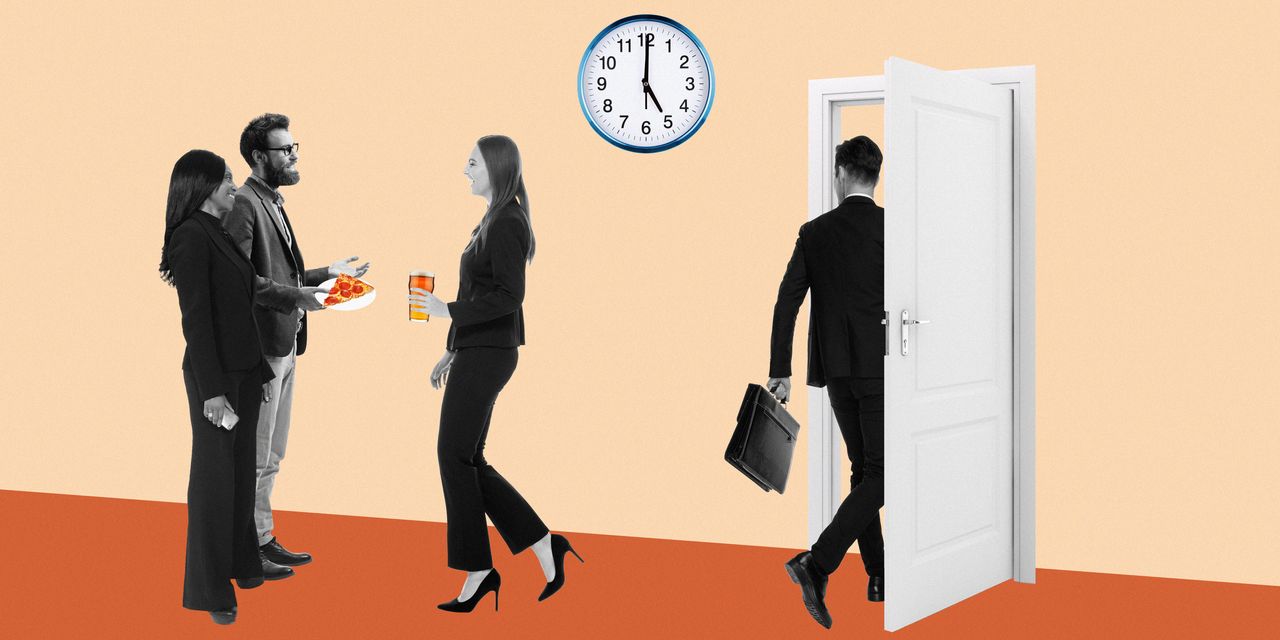Office happy hours, client dinners and other after-hours work gatherings lose their luster as more people feel the pull of home
Patience for after-hours work socializing is wearing thin.
After an initial burst of postpandemic happy hours, rubber chicken dinners and mandatory office merriment, many employees are adopting a stricter 5:01-and-I’m-done attitude to their work schedules. More U.S. workers say they’re trying to draw thicker lines between work and the rest of life, and that often means clocking out and eschewing invites to socialize with co-workers. Corporate event planners say they’re already facing pushback for fall activities and any work-related functions that take place on weekends.



Real wages are actually up.
The company I work for was nice enough to give me a 5% COL increase last year. Groceries are 50% higher. Gas 25%. Insurance 20%. Clothing is definitely at least 10%. Restaurants about 20%.
But yeah… My “real” wage is higher.
I’m guessing you also believe in Keynesian economics.
Wait what’s wrong with keynesian economics?
Nothing in particular, it’s better than classical economics and is an actual thing unlike MMT. It’s certainly not perfect, but I don’t know that a perfect school of economic thought is even possible.
No they’re not. Wages have not kept up with inflation over the last few years.
Wages have not kept up with inflation over the last few
yearsdecades.What’s a real wage?
More than what I get.
A measurement of nominal wages against a series of basket of goods indices that control for real-world value of earnings — accounting for inflation and a number of other market and environmental factors.